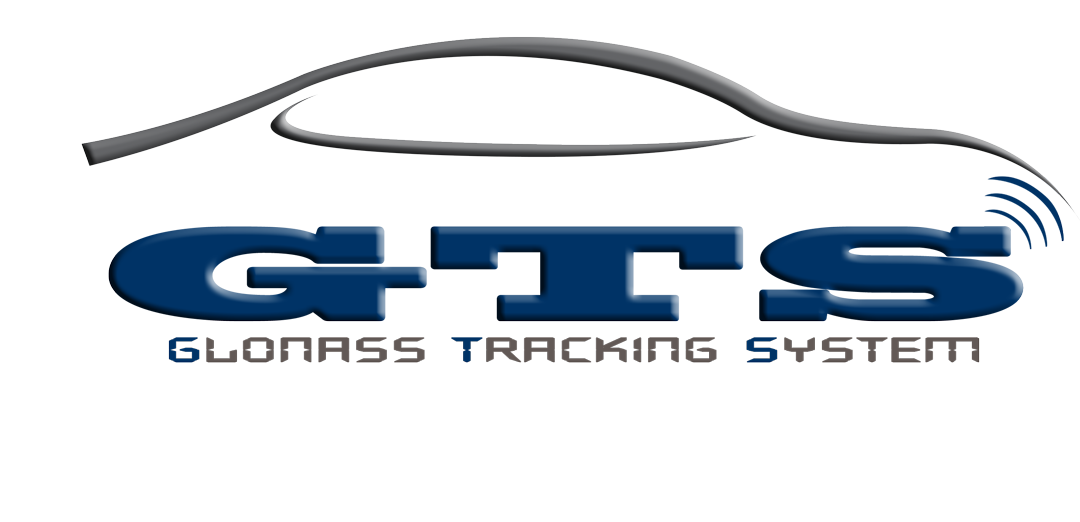FAQ's
You can examine the most curious and asked questions below ...
The vehicle tracking system installed on a vehicle sends its location information taken from GPS satellites to Glonass application via 3G network by the GSM operator. That information is given to the user most correctly and accurately by matching them on the digital map.
Glonass provides 8 different options for maps. These maps are updated a few times within year. Tens of different data such as new constructed roads, routes or intersections, changed street-avenue names are located then updated.
There is no number restriction to use Glonass application. Either 1 vehicle of any firm or hundreds of vehicles in a fleet of another firm get the same quality service on the same platform.
It is installed under dashboard where it is invisible and cannot be reached if attempted. The main reason for that is if someone outside looks into the vehicle he cannot notice the presence of such a device. Besides, due to professional efficiency, the system is installed under dashboard where it cannot be reached, leaving no need for intervention by driver.
Installation of vehicle tracking system is made by Glonass technical team or authorized services. Despite the installation time varies with respect to structure of vehicles and demands of the project, it generally takes 30-45 minutes. Installations are made wherever the client wishes by Glonass team or authorized Glonass service personnel.
Yes. A company can join the system with only 1 vehicle. In the following times, any number of vehicles can be added to the system.
We provide the 3G/4G line.
After signing the contract, Glonass provides training to the client. At the same time, vehicles installed with the vehicle tracking device are assigned to the system.
The application can be used at Glonass web page through any platforms as PCs, laptops, smartphones and tablets which can access to Internet. For this, there is no need to install any application, map or software to the devices mentioned above. Users can follow their vehicles 24 hours/7 days from anywhere by only accessing to Glonass web page and entering user name and password given.
Data belonging to a vehicle are stored on Glonass for a certain time. Users can see where a vehicle was either in a text based format or as an icon or in a moving style on a digital map by entering a time interval between two dates.
Users can track their vehicles through data sent from vehicle in either kilometre based or time based. This information is identified by a user. For instance, you can set X plate-numbered vehicle to send location data at every single second while Y plate-numbered vehicle to send location data at every 5 kilometres.
The margin of error is 1-3 metres on an average due to received satellite data.
No. The location data of your vehicle are never erased and kept in the database.
Location Speed Places and areas at which it stops Total distance travelled Overspeeding data Defining regions or points; Assigning defined regions and points with the vehicle Assigning a route Violation of region, point and route Vehicle stop times Vehicle’s time of idle running Time and distance data for every tour of the vehicle
Emergency button Heat sensor (for heat data about the carried load) Door sensors (data about door open/closed) Driver Identification Unit (driver ID info) Work order administration unit
An opportunity to work with digital maps covering all countries in the world produced in international standards A super set of applications which can meet the expectations of all firms at any sector A constantly developing structure of hardware, application and maps Vehicle tracking hardware which is dustproof, moisture-proof, resistant to cold and heat, powerful and problem-free and also available everywhere around the world Possibility of assigning any number of users Authorization of assigned users No additional fees for firms on hardware, software, database and licensing as maps and application are on Glonass Possibility for employees tracking themselves on a smartphone by mobile app Possibility for employees chatting on mobile app Possibility for employees to see real time traffic information on mobile app Possibility for employees to see arrival time between two points with real time traffic info on mobile app Possibility of calling your employees through Internet by clicking plate-number or name of person on mobile app Possibility of alerts sent to your mobile phone via push notification feature on mobile app without need to track the system
It helps you control your vehicles or vehicle fleet in a simplest, most convenient and cheapest way. It helps you save on fuel and costs of vehicle wear out. From what we learn from feedback from firms we work with and also from our partners, after you have vehicle tracking system installed, you will save at least 5%. That means, in a fleet of 100 vehicles, you save roughly 5 vehicles after the installation of the tracking system. Through assignment of different speed limits on every vehicle and tracking those data either real time on mobile phone alerts or with reports on past activity, there comes a speed decrease with respect to times prior to installation. That means a significant fuel save. By tracking whereabouts of vehicles from centre and reporting violation of routes, there comes a significant decrease in extra kilometres by drivers. According to data we have collected, that decrease rate varies between 5-20 per cent. For a vehicle consuming 4 tanks of petrol a month, a saving of 10% equals to the amount paid for the tracking system of that vehicle. As a result, cost of periodical care of vehicle, spare parts, engine oil, tires go down at a similar rate. By automatic reception of location data of vehicles, cost of calls between drivers and centre goes down significantly. That equals to a saving of 7 to 20 per cent monthly in telephone bills. The amount of work done at unit time increases by use of tracking system. As a result, firm efficiency and workforce performance increase considerably. By receiving information on arrival of vehicles to clients’ places, both quality of work improves and complaints from clients go down significantly.
After logging into the system, by double clicking User in User Operations-User List under Administrator Panel, in the opening window, you can add vehicles to Vehicles List on the right by choosing Assigned Lists. After saving, you can see vehicles on the system.
In Information Modules under Modules panel, you can set Users to Inform- User Groups to Inform- Vehicle Groups to Inform respectively and you can assign users and vehicles to groups. For alerts, by choosing Add New Registry in Alert Info Module and in the opening window, by choosing related groups and choosing alert types and also by choosing alert times and notification types from time settings, you can set alerts. For automatic reporting, you can assign automatic reporting by repeating the same procedures in Report Info Module.
You can set regions, points and routes with drawing tools on the left hand site of the screen. In order to add region, by using region drawing tool, you can add a region by drawing it within limits on the map, then by double-clicking, you can enter the name of the region in the opening window and save it. Later, on the Modules, Vehicle Settings-Assigning Region screen, you can add New Registry and create a Task file. Through Assigning Task Files procedures, you can assign regions to Task File and then Task File to vehicles.
In order to get reports from the system, you can use General-Summary-Regional-Driver-Canbus-Sensor Reports sections in ANALYSIS and REPORTS panel. By choosing a type of report and entering plate number and time interval for reports, you can get information such as “vehicle situation, vehicle incident, speed, kilometre, vehicle details, stop summary, speed limit violation summary, idling summary, travel summary, region-point, route visit, who drove which vehicle, canbus details, canbus detail graphics, canbus fuel level, heat, moisture and details.”
By clicking on “Connection established” icon on the upper right corner of the screen, you can choose Change Password and by entering the current and new passwords on the opening window, you can change your password.
On log in screen of the system, you can choose “I forgot my password” option and when you fill in required fields, a password renewal link is sent to the assigned e-mail address.
By choosing plate number and time interval on Vehicle Player panel and clicking Show button, you can view vehicle movement information in a video format.
By choosing vehicle procedures-vehicle list in Administrator panel and double-clicking on the selected vehicle, you can choose a vehicle picture on the opening window then save it, and you have the picture of selected vehicle changed. In order to enter kilometre information to the system, choose Vehicle Settings-Kilometre Changing in Modules panel. In the opening window, choose a vehicle and then hit Change kilometre button, enter the kilometre of vehicle in the opening window, so it is added into the system.

